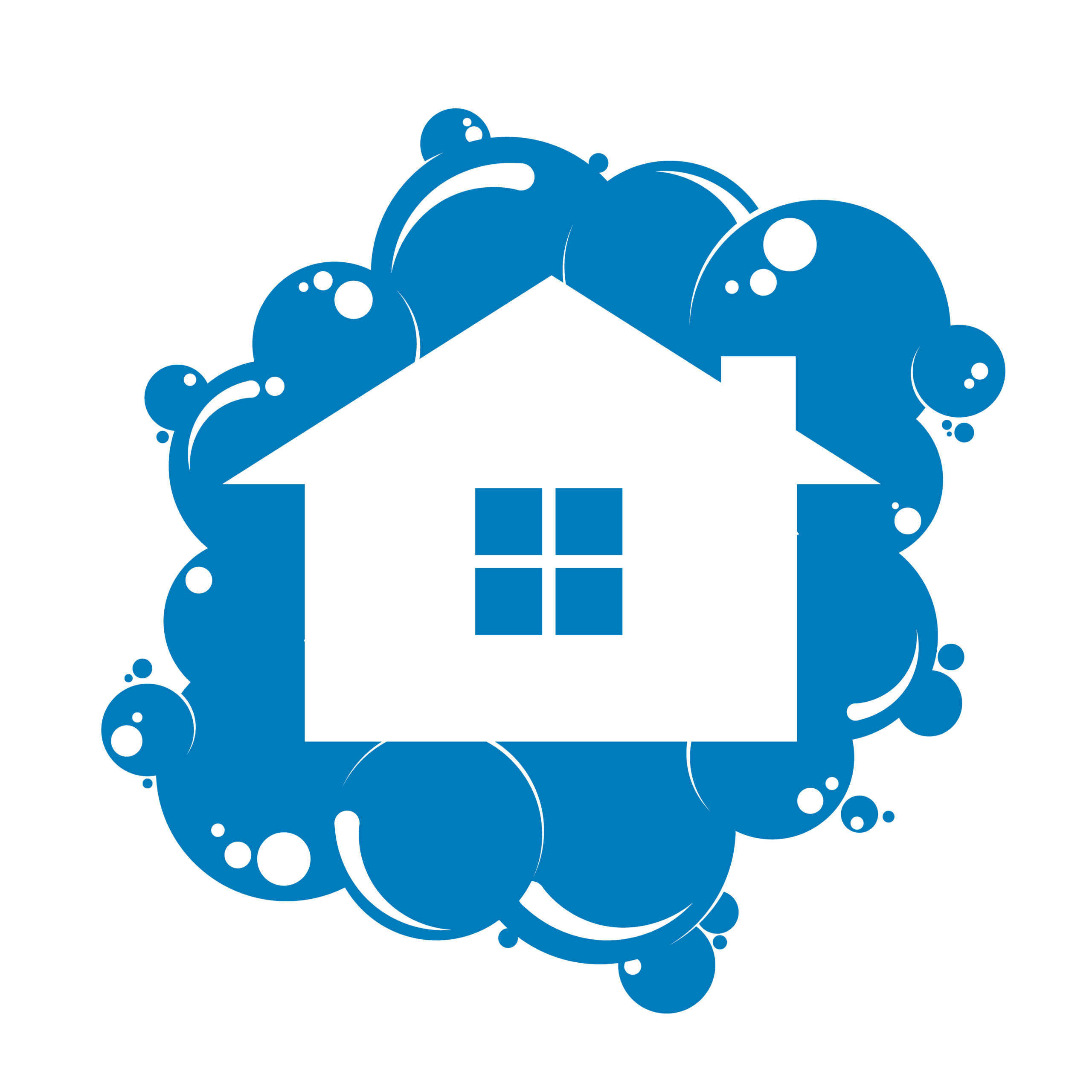It’s fairly easy to foresee what needs to be done in preparation for interior projects. Of course, you’ll want to protect your furniture, carpet, and flooring from errant blobs of paint. But what about residential exterior projects? A lot of people overlook outside prep because they think, well, it’s being done on the outside. What is there to prep? The answer is more involved than you may think. The fact is that there is just as much prep work required for residential exterior painting as there is for interior jobs. Century Painting offers quality exterior house repainting services in Charlotte, NC and they can handle all the prep work for you. Read on to find out how to prep your own home for exterior jobs or give them a call to handle all the work for you!
Prepping the Outside of Your House For Painting
Before you undertake any outside repainting project there are certain considerations you must make and materials you must procure. Here is how best to prepare:
- Cover Plants – Errant paint can stain your bushes, flowers, and trees as easily as your grass and walkways. So you have to make sure you get plenty of painter’s drop cloths and plastic sheets to cover anything that you don’t want stained. You can secure plastic sheets with painter’s tape which you will need to get anyway.
- Think About Pets – Chances are you or someone you hire will be moving around the perimeter of your house with materials that pets should not be within reach of. So make sure that during the project your pet remains out of the work area or sufficiently occupied so that they don’t disturb the project or endanger themselves.
- Breaks in the Plain – Not all your outside surfaces will be flat and unobstructed. You have to account for windows, trim, fascia, soffits, electrical boxes, utility lines, and other obstacles that are not to be painted. The best protection for these breaks in the plain of your house is painter’s tape. Apply tape around the perimeter of these objects to keep crisp lines and avoid staining them.
- Old Paint – As much as you possibly can, get rid of old, flaking paint before applying a new coat. This may be a laborious prep step but it’s necessary. The best tools to use are scrapers and sandpaper which are both affordable and readily available at your local hardware store. You can also use a power sander if you have one.
Other House Painting Considerations
Some other things to think about before you begin your project are:
- Temperature
- Base type
Ideally, for residential exteriors, you’ll want the temperature to be between 75 and 85 degrees Fahrenheit with low humidity. This will help the new coat to adhere and dry properly.
Latex-based paint is a good choice for outside applications because it’s easy to clean off with a hose and is plenty durable. But whether you choose oil or latex, you should try to get the highest quality product you can afford to ensure longevity and durability.
Residential exterior painting can be a very taxing, time-consuming, and potentially dangerous project. And there is a lot to consider. Sometimes it’s simply best left in the hands of pros. To avoid the hassle, contact a local professional contractor.
Power washing or soft washing the surface(s) is a great way to prepare your property for a new paint job! Mike’s Power Washing and Roof Cleaning would be happy to help you.
For more exterior maintenance resources, read the article “7 Reasons Why You Should Clean Your Roof“
